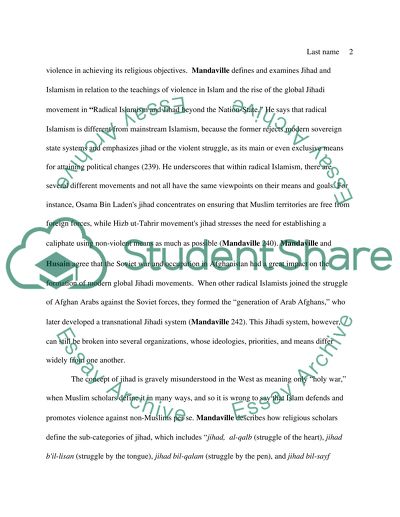Cite this document
(“Radical Islamism Research Paper Example | Topics and Well Written Essays - 2000 words”, n.d.)
Retrieved from https://studentshare.org/sociology/1429788-radical-islamism
Retrieved from https://studentshare.org/sociology/1429788-radical-islamism
(Radical Islamism Research Paper Example | Topics and Well Written Essays - 2000 Words)
https://studentshare.org/sociology/1429788-radical-islamism.
https://studentshare.org/sociology/1429788-radical-islamism.
“Radical Islamism Research Paper Example | Topics and Well Written Essays - 2000 Words”, n.d. https://studentshare.org/sociology/1429788-radical-islamism.


